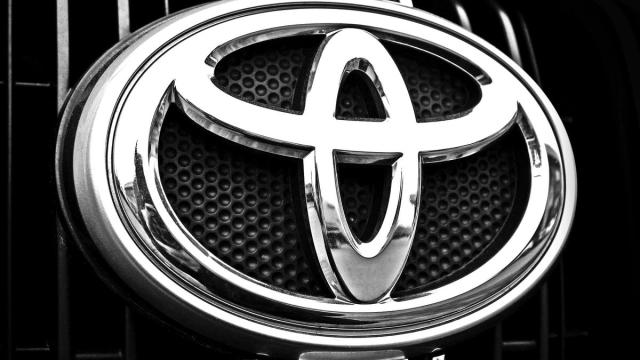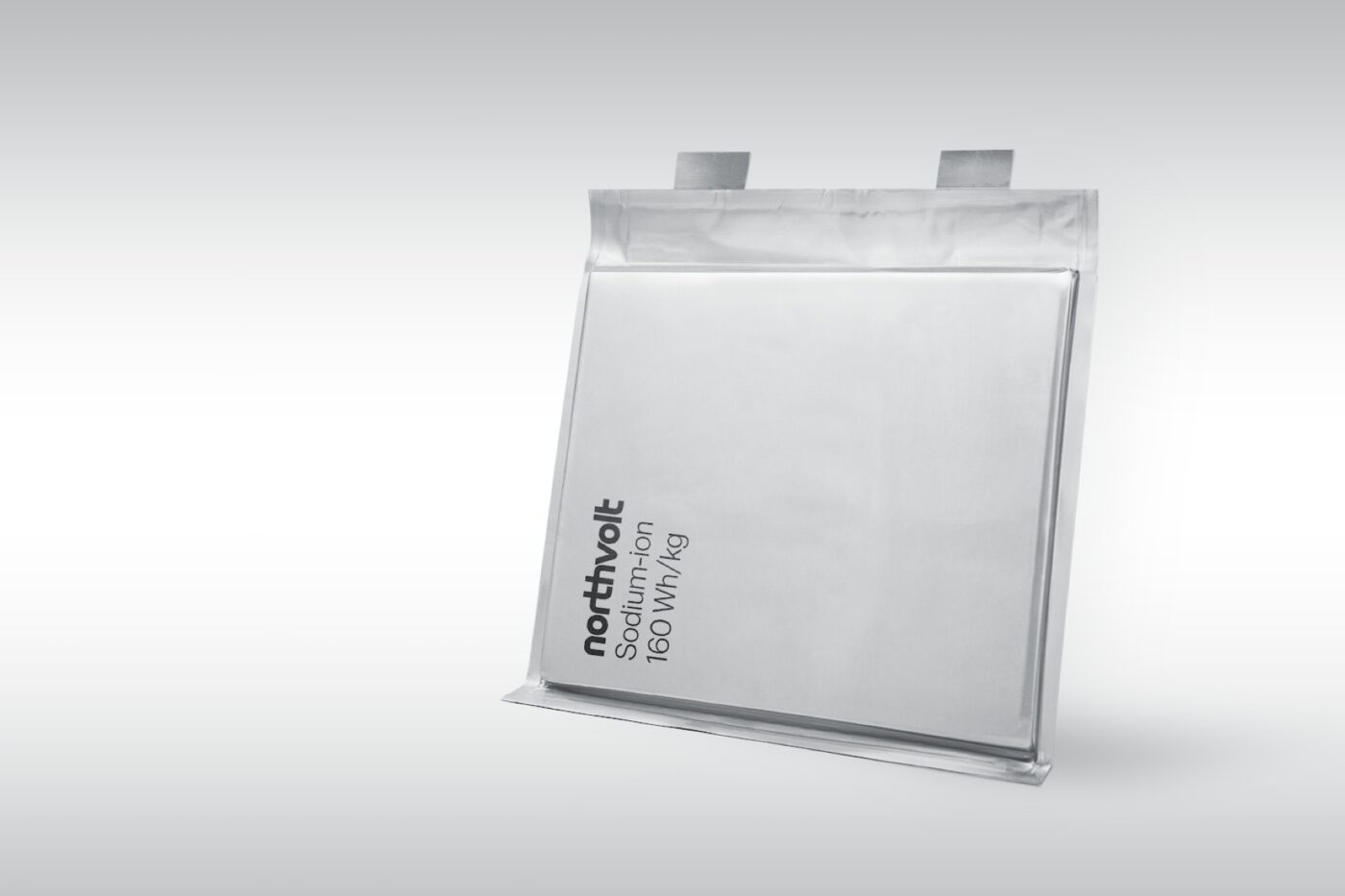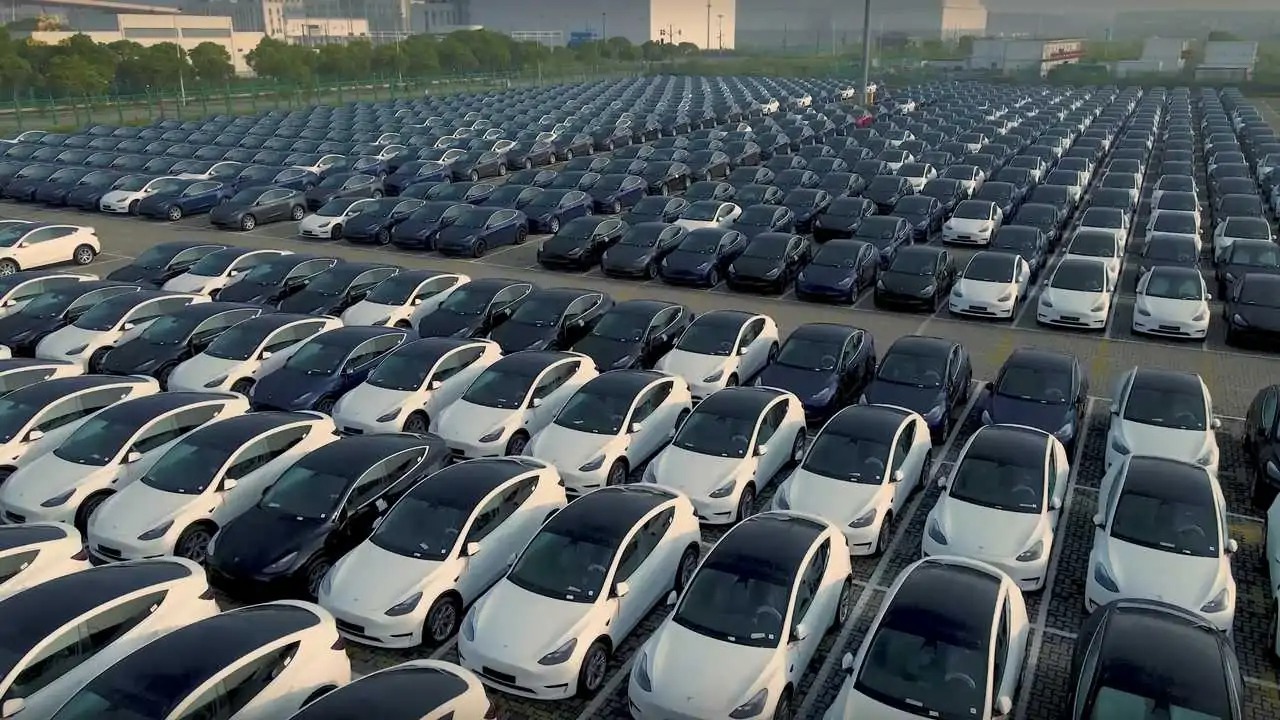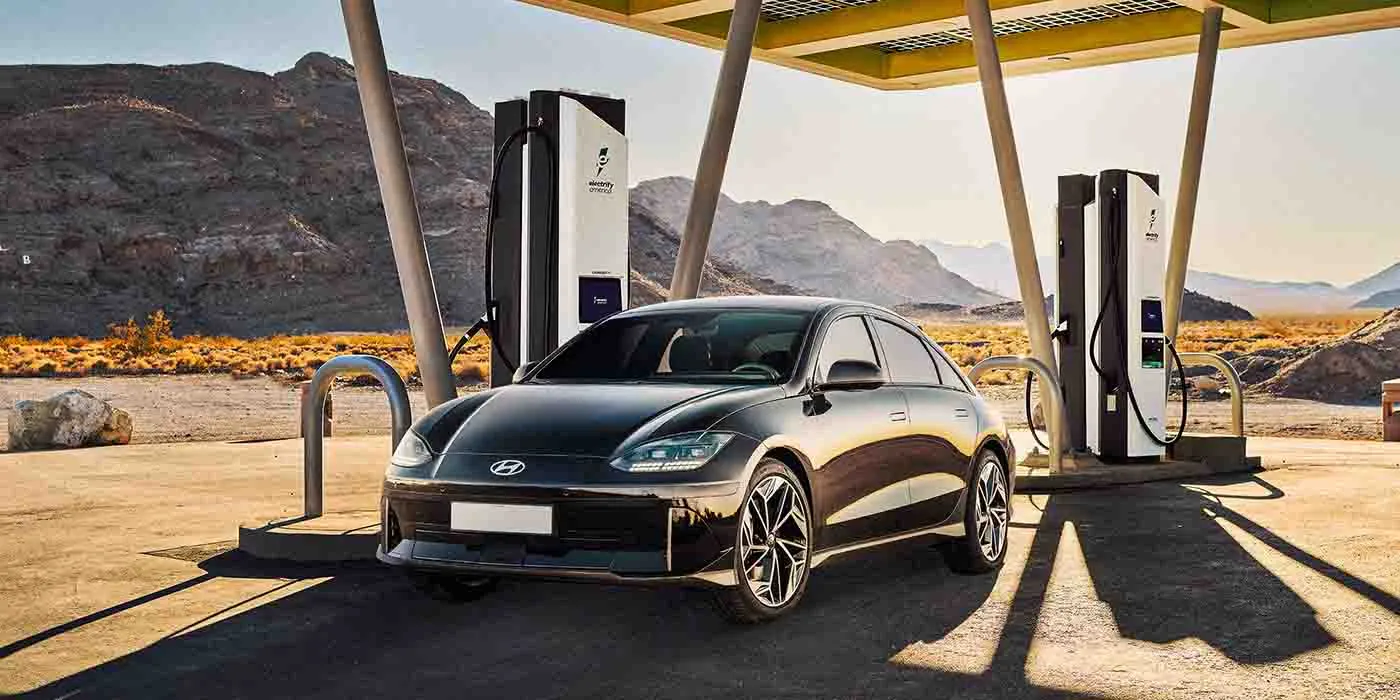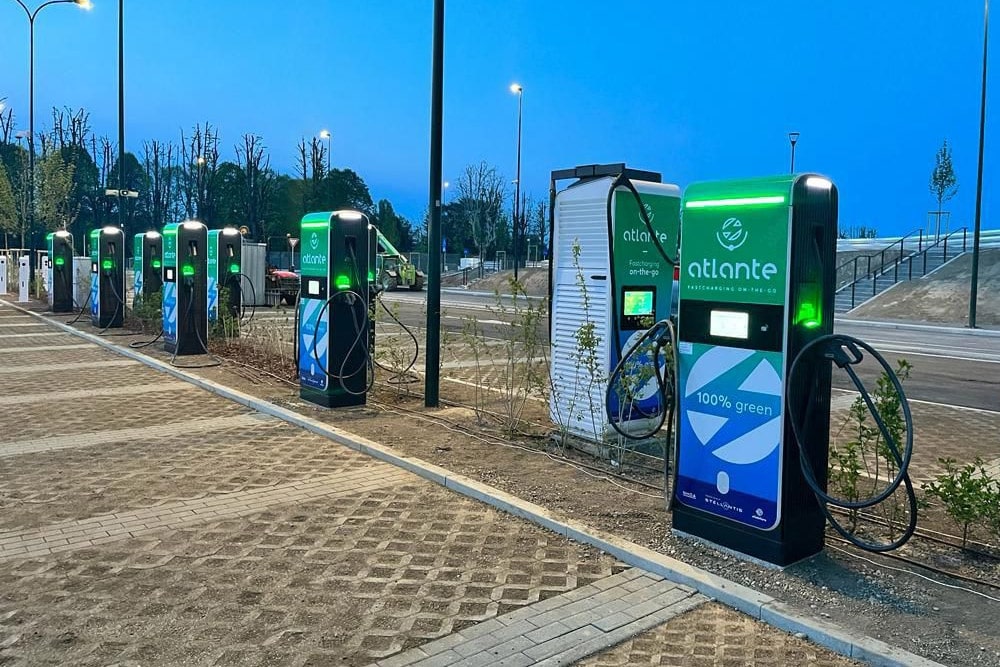Recent discussions within Toyota suggest the possibility of reviving the renowned Celica model as an electric vehicle (EV), utilizing the innovative platform introduced in the Lexus LF-ZC Concept at the Japan Mobility Show in Tokyo.
Confirming last month’s reports, Chairman Akio Toyoda expressed his interest in bringing back the Celica for the EV era. However, he acknowledged the need for alignment within Toyota’s executive circles, recognizing that enthusiasm for such a model may vary. If the project moves forward, the new Celica could potentially serve as a successor to the front-engined GT 86, offering an alternative to the FT-Se, a concept unveiled recently as a potential ‘mid-engined’ style sports car, drawing inspiration from the MR2.
The platform under consideration, as seen in the LF-ZC Concept, is celebrated for its flexibility, also showcased in the small Toyota FT-Se and FT-3e concepts. Employing gigacasting in its construction, this architecture streamlines the manufacturing process by reducing the number of required parts. The adaptable front and rear modules can be scaled based on the vehicle’s size, with the battery housed in the center section.
Toyota’s advanced prismatic battery technology is a potential key player in the Celica’s revival. With two available sizes, one standing at a mere 100 mm tall and integrated into the floor, this battery design facilitates the production of low-profile electric sports cars, as noted by Toyota’s R&D boss, Hiroki Nakajima. He emphasized the importance of battery height for achieving a low profile in various vehicle models.
When questioned directly about the possibility of a new Celica, Nakajima maintained a reserved demeanor, offering no explicit comment. As discussions unfold within Toyota, industry observers await further developments on the potential transformation of this classic sports car into an electric variant.

